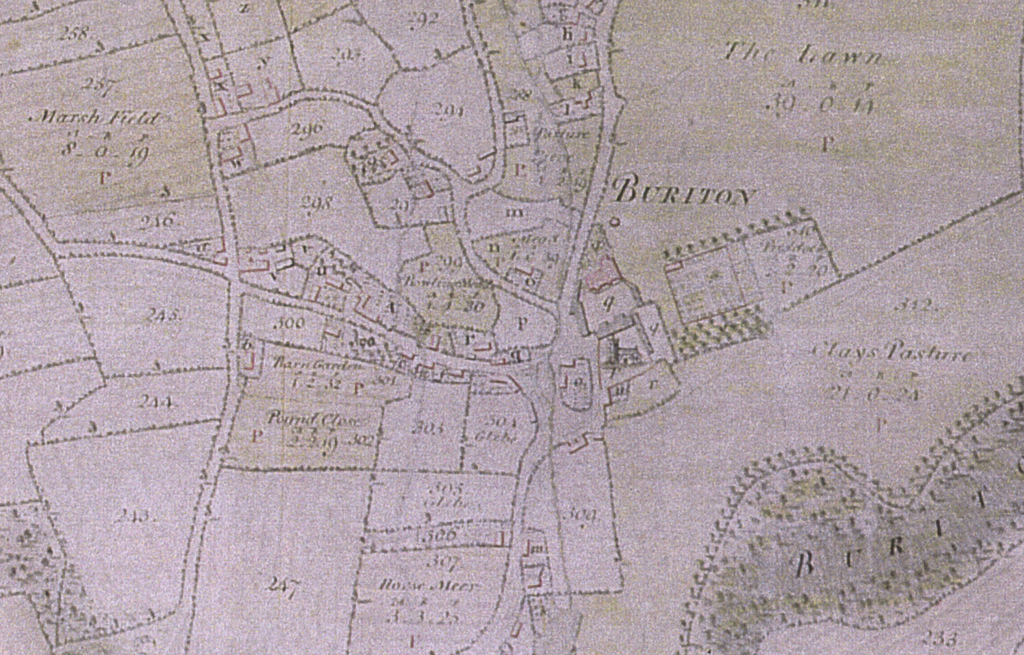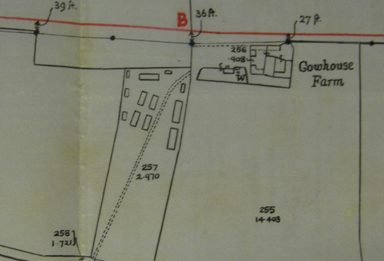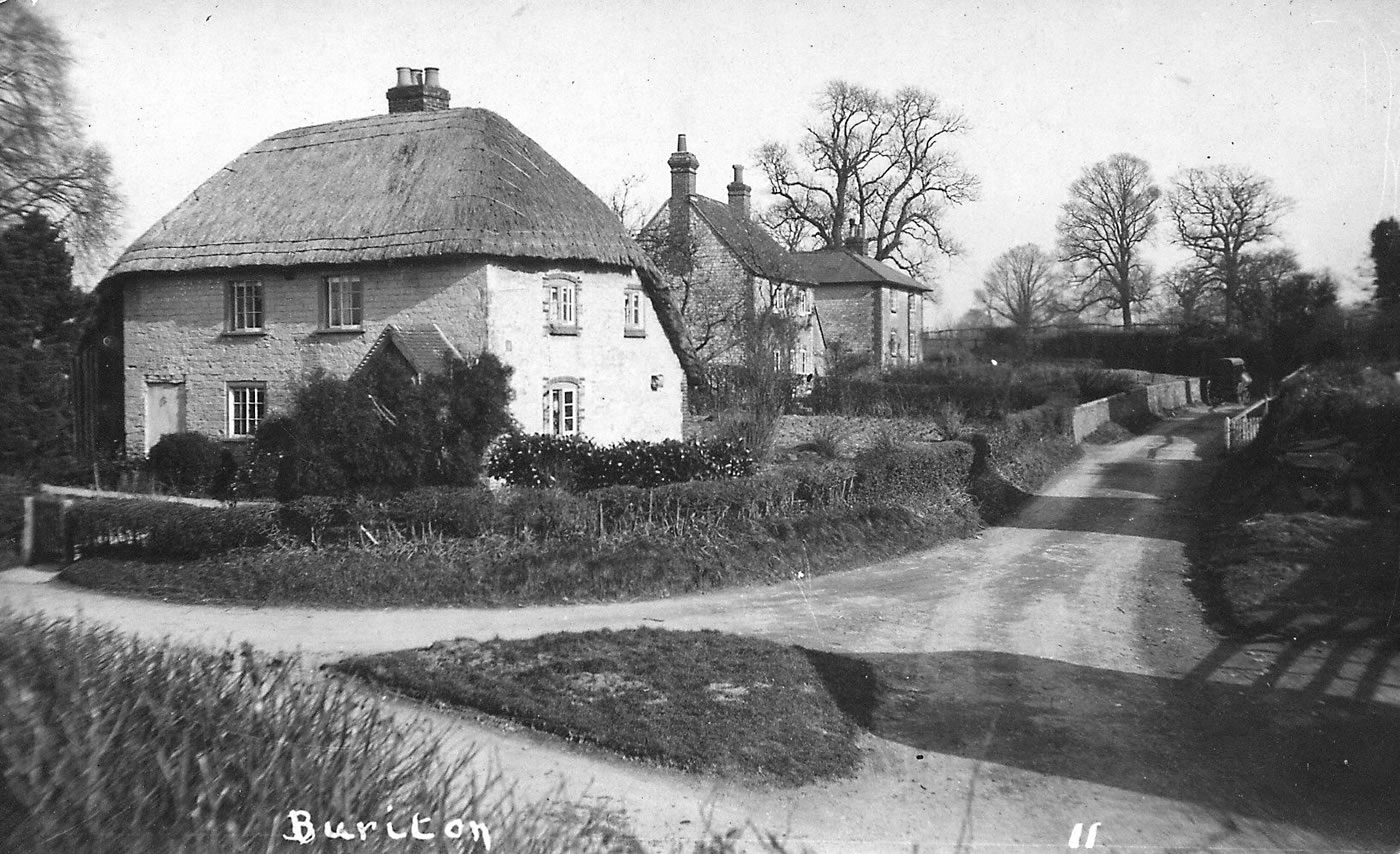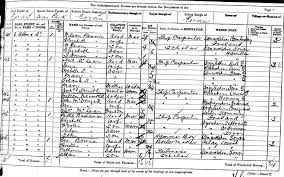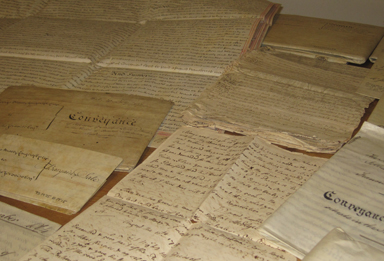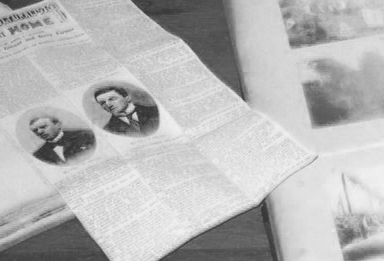Architecture
The architecture itself is one of the most valuable sources for determining the age of a house. The layout of the property, building materials, windows, roof timbers and chimney stacks may all give clues to the date. There are, however, traps for the unwary: older features may be hidden by later improvements, and date-stones sometimes relate to alterations or additions rather than to the overall structure.
External and internal inspections are good starting points. Walk around the building, about 15-20 yards away, and observe all structural and decorative features. Of particular significance are the windows which can give good clues for dating. Note the roof structure and choice of materials; is it pitched, hipped or gabled? Note any decorative finials and other features of interest such as gutters and downpipes.
The external appearance of the walls is obviously a key feature. What are they made of? What sort of pointing has been used? Look for external alterations, extensions, blocked or later windows or door openings, all of which give clues to the evolution of the building.
Inside the house, start exploring in the roof-space, which often reveals clues about the house because it is one part of a building that is rarely altered. The chimney stack in the roof space can give valuable clues as to room layout and use, and even the connection with a neighbouring building. If the house has been extended to roof level, the changes in the roof structure will be apparent.
Within the body of a house, the internal layout and any alterations will give clues to the original functions of different rooms and to changes in use through history. Look for signs of blocked doorways (changes in skirting boards, picture rails or cornices), new doors, evidence of removed walls (boxed in supporting joists) and removed chimneys. Areas of most change are likely to be domestic areas such as kitchens and sculleries.
The functional and decorative internal features are crucial for dating and analysing a house. Fireplaces are a helpful means of dating a house, and are often concealed behind a 20th century addition or amendment. Are the doors original or later replacements? Early wallpaper can often be found in attics or in cupboards and can give interesting insights into early designs.
